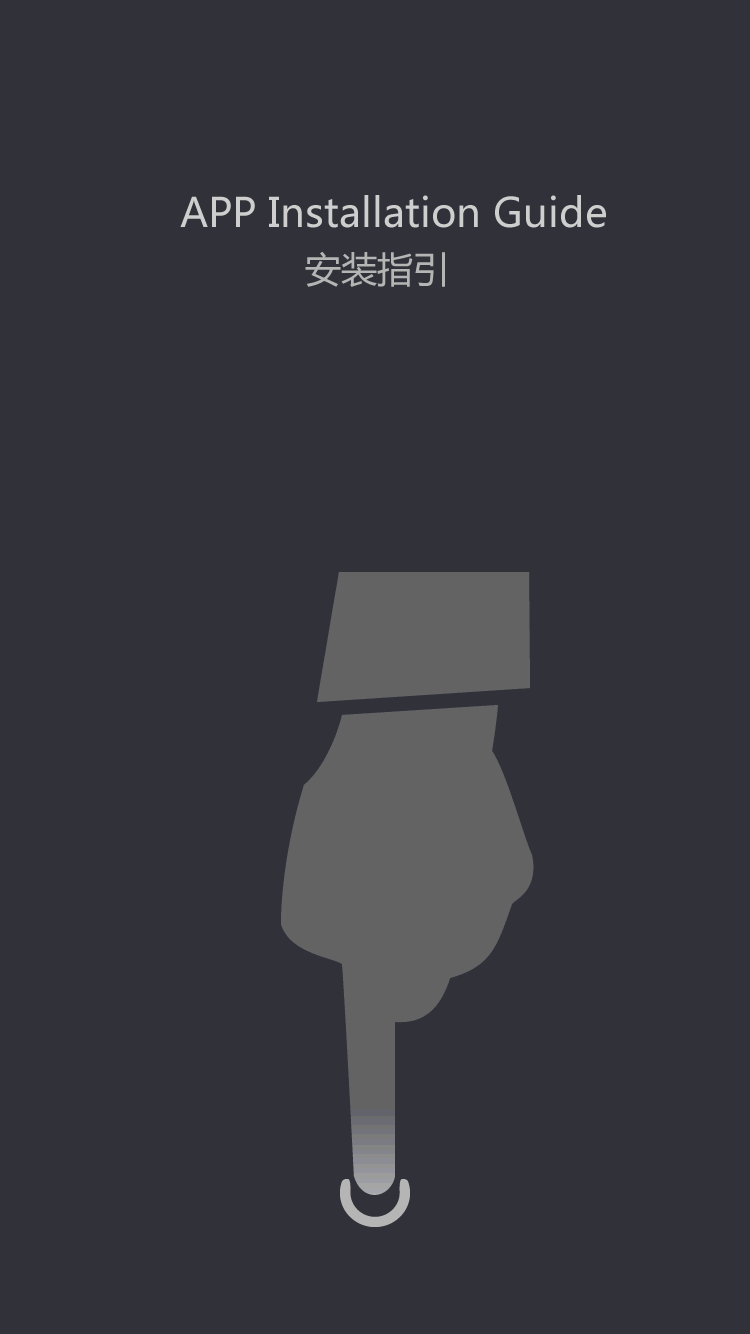Light Brigade Fiber Optic Training
The additional distribution fibres are run to the highest, where they are each saved in cassettes. These cassettes every maintain 12 fibres, and they are labelled FR , FR one hundred and one, 13-24, and so on, as much as FR .
A clipboard on the left door holds papers, and latches on the top of the doorways ensure they don't swing shut. On the proper door is a chart by which the technician can report the cable splices made.
An different to messenger cable and lashing is to use “determine eight” cable (so-referred to as as the cross-section looks like an “8”). One installer pulls the new fibre optic cable taut so it does not hold down sharply , and the opposite installer pulls the lasher alongside. A wheel in lasher rolls along the messenger wire, and this spins the spools of wire around the cable so the lashing wire is wrapped across the present messenger wire and cable, and the brand new fibre optic cable.
There are a total of six versatile plastic tubes, each with 24 fibre strands , each tube operating to a hinged splice tray. At the highest are the coloured buffer tubes from the distribution fibre optic cable, these are wrapped across the two mandrels to take up the additional slack.
Above that is the splicing tray of the closure , which holds the splice and the excess naked fibre on either facet of the splice. The truck has a 110v generator, heating and air-con , and inside there's a lengthy work floor, with fluorescent lighting above it to provide even lighting. This one is nice and roomy inside, and has an opening on the back through which to herald the cable splice (right here there's a 6-strand and a 24-strand fibre cable introduced up from the cable vault into the truck).
Often these trucks have a little door within the again, simply large enough for the splice closure, so they can work in a well-lit dry setting, even whether it is scorching, chilly, wet, or windy exterior. Here's the completed fibre run, started earlier by the crew with the truck and fibre optic cable reel. This truck may be very cramped inside (there's one other man farther in too). Here the fibre optic cable splicing technician is working on the fusion splicer .
Note that the loops must be large as out of doors fibre optic cable has a relatively large minimum bend radius (the forty eight-strand fibre here has a minimal bend radius of eleven'). Sometimes you see a spoked frame inside the loops to make sure the bend radius isn't too small. I'm positive you've got noticed the loops of fibre optic cable surrounding splice closures. Here, the splice closure and the cable to the left of it are held up with cable ties. By chopping the cable ties, the splice closure can be introduced right down to floor level, and labored on in a splicing truck.
The fibrs run to a degree on the best aspect where the strands are inserted into skinny plastic tubes, that are all somewhat clear. Since the buffer tubes sometimes have 4 or extra strands of fibre every, this allows any distribution fibre to be spliced to any feeder fibre strand .
Here's a direct buried fibre optic cable arising from underground, with the jacket and armor removed, and the loose buffer tubes exposed. It reveals that the only splice tray with terminated fibres is the bottom one, and that the first 22 fibre strands of feeder cable F 25 are spliced to strands in the FR one hundred and one distribution cable. This shut-up of the top of the chart reveals that this FDI is designated one hundred and one , that it is fed by feeder cable F 25, and the distribution cable is FR a hundred and one. It reveals that there is room for 20 splicing trays, every for a feeder cable of up to 24 fibres. This enclosure is of similar development as the JWI used for outdoor plant copper pairs, but is slightly narrower.


































![[Dry Goods] how to avoid electrode rod after fusion black?](https://img5811.weyesimg.com/uploads/tumtecchina.com/images/15840915146146.jpg?imageView2/2/w/1920/q/100/format/webp)







































